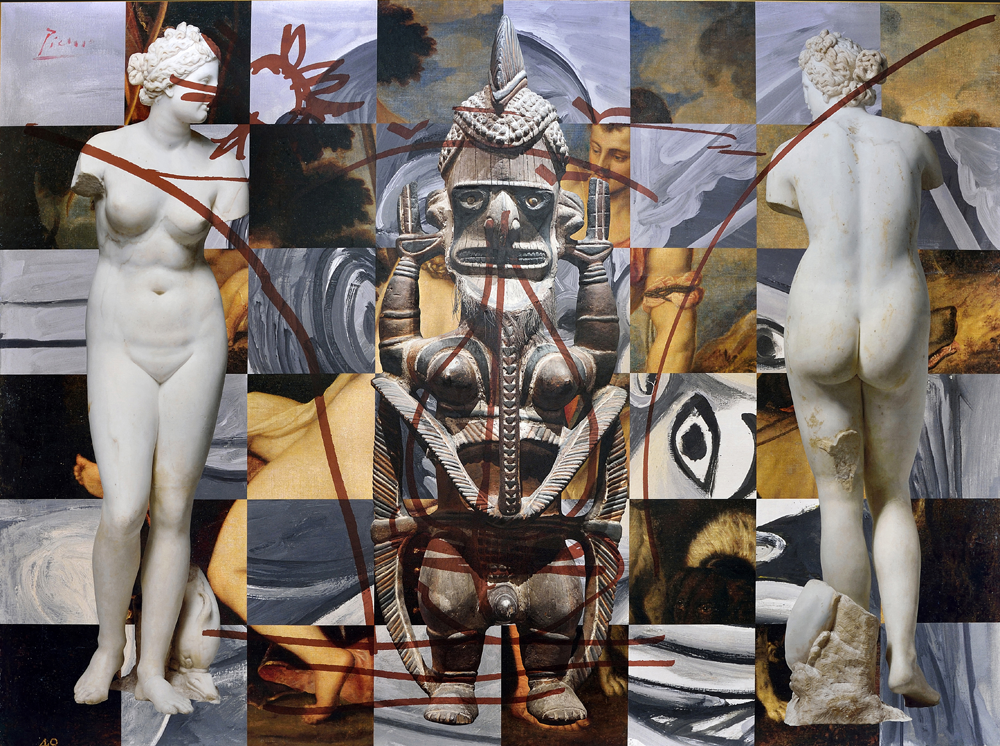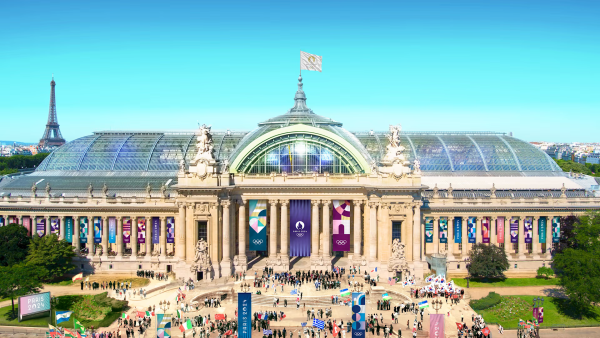Votre panier est vide
Besoin d'inspiration ?
Rendez-vous dans le programme en ligne du GrandPalais
Article -

Guernica’s political meaning is derived from the different contexts it was created in.

It was first exhibited in the Spanish Pavilion at the International Exposition in Paris. At the time, Spain was fighting a civil war, and the mural was seen as a statement against fascism, totalitarianism and armed conflict. During the post-war period in Europe, when Picasso was politically engaged with the Communist movement, the image was reproduced widely in far-left publications around the world. It was held at MoMA from 1939 onwards. However, the Cold War climate in the United States meant that the artwork’s ability to act as a medium for resistance was only tapped in the late 1960s by artists such as Leon Golub and Rudolf Baranik to protest against the Vietnam War. Following the end of General Francisco Franco’s dictatorship, Guernica was returned to Spain in 1981, in accordance with Picasso’s wishes. This marked a new phase in the painting’s history. Since then, there have been regular occasions to witness its symbolic importance, including political reinterpretations by artists and reproductions brandished by protestors, from the United States to the Middle East. For Adel Abdessemed, these layers of meaning take on a philosophical hue: the monumental dimensions of Guernica prove the saying, “man is a wolf for man.”
Votre panier est vide
Besoin d'inspiration ?
Rendez-vous dans le programme en ligne du GrandPalais
See content : Picasso.mania : Demoiselles from elsewhere

Article -
Barcelona’s Carrer d’Avinyó is a street famous for its brothel and prostitutes...
See content : From Paris 1900 to Paris 2024: the Grand Palais and its Nave, an architectural jewel restored right on time to meet sportsmen and women!

Article -
A regular venue for artistic and cultural events for over a century, the Grand Palais is reopening its majestic restored Nave for the Paris 2024 Olympic and Paralympic Games to become the place for fencing and taekwondo events! And don't forget: this is...
See content : 'Les métamorphoses du Grand Palais': a France 5 and france.tv documentary to watch again!

Article -
The Grand Palais is completing the biggest renovation project in its history. For the past two years, director Stefan Cornic has been tracking this metamorphosis with his camera, giving an overview of the multiple events that have taken place in the...